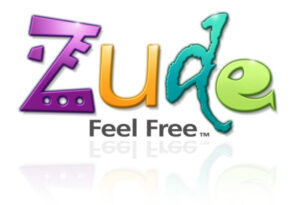Global Brand Strategy Firms. I Mean No Disrespect.
Global brand strategy firms, the ones that charge in excess of a quarter million dollars per engagement, are big on science. I love science. But in branding, science is expensive. In my pitch presentation I like to explain this by saying the big girls (and their business consulting sister-thren) begin with multivariate statistical analyses. Then they build a regression analyses. From which they plot the slope before delivering cluster maps. Science. Who could argue. Expense. Who could argue?
But the reality is, science doesn’t always predict success in branding. Sure you can deliver quantitative research supporting your value proposition. Even quant on “agree to purchase.” Been there, done that. However, smart companies know the market is fickle and doesn’t always respond the way science says it will. AI aside, that’s why we need people to make decisions.
95% of my clients buy my work (which is their work) based upon qualitative findings. My average engagement is less than $20k, less than a 4C page in a trade journal. My point here is, for less than 1/10th of what the big quant brand strategy shops get, they can get sound strategic advice. You know how I know? Because they feel good buying. They know I know them. And they know I know their customers. They just know in their hearts. Science might make them feel secure, but when you know you know.
Also, the big quant shops have multiple points of contact. They are like electronic medical records. A loose federation of information. At What’s The Idea? the brand is tight. And brand managers and CMOs like tight. The heart feeds the brain which feels emotional decision making. That is branding.
Peace.



